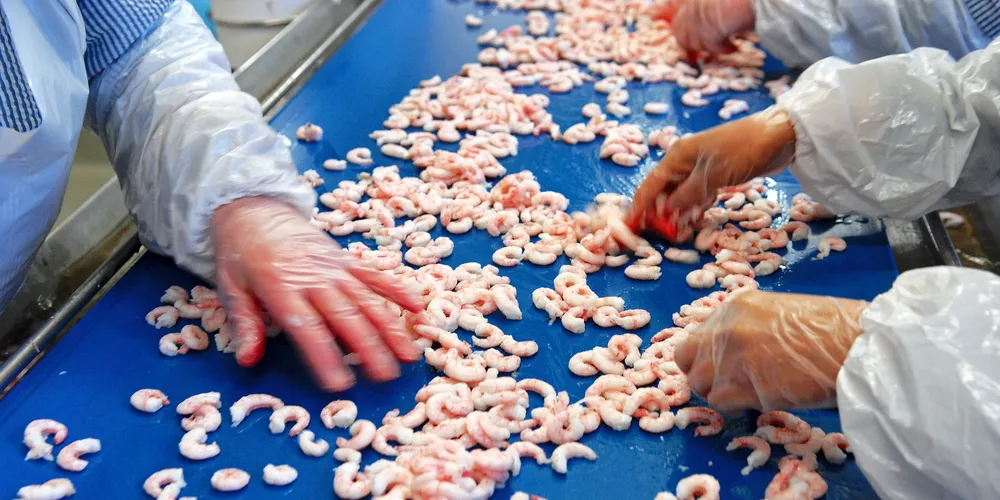Coldwater shrimp forum: Royal Greenland CEO urges 'we must change our way or perish'
Marketing, emerging markets, resources are in focus of this year's ICWPF in London. Check back here to get all the news from the conference.

Marketing, emerging markets, resources are in focus of this year's ICWPF in London. Check back here to get all the news from the conference.
